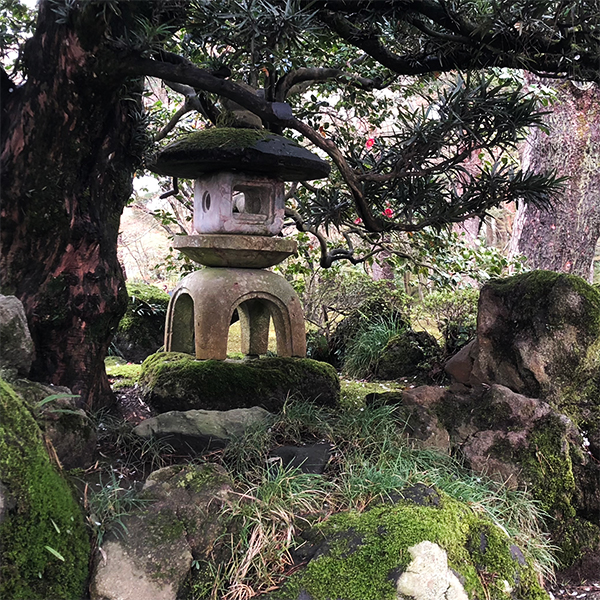
Although moss gardens conjure up a little bit of mystery, they have been a feature in landscaping for many years. The idea of section of a garden covered in moss appeals to many gardeners. The question is how to go about it.
It is in the traditional gardens of Japan that we see most use of mosses. On garden walls, rocks and even covering large areas beneath tree moss can form an enchanting garden environment given the right conditions.
It is possible to buy moss plants for the garden and they can make an excellent substitute for a lawn in shaded positions. However when allowed to grow over rocks or statues, a magical 3 dimensional world can be created.
Where to grow moss in the garden
Moss grows well in shaded to part shaded positions and works well as ground cover, mosses do require some moisture.
Moss will eventually die back without moisture however it will usually spring back to life with a little water during dry periods.
Moss varieties
You could be forgiven for thinking that all moss is the same however varieties do differ. Two main types of moss are used in gardens. The first is Acrocarpous, this type has an upright habit and will form natural mounds. The second is Pleurocarpus, more of a spreading habit.
Moss types or varieties vary and include:
- Rock cap mosses (Dicranum)
- Cushion mosses (Leucobryum)
- Fern mosses (Thuidium)
- Haircap Moss (Polytrichum)
- Sheet moss or carpet moss (Hypnum).
Moss is available for sale from online suppliers as well as from garden centers and nurseries.
Landscaping with Moss
Moss grows well in shady positions and can actually make a great lawn substitute in many areas. Moss also looks great growing between paving stones and along garden paths.
Rock cap mosses such as Dicranum Montanum grow directly on rocks, usually low growing and they can look great growing on statues as well.
In Japan the Saihoji Temple, or Koke-dere Moss Garden Temple features a garden where the ground is almost totally covered by moss.
Moss plants also look great near water features in shaded positions beneath Japanese maple varieties.
Many gardeners treat moss in lawns as a problem, the solution is to get more light onto the lawn area, or actually encourage the moss to grow and make a feature of it instead.

